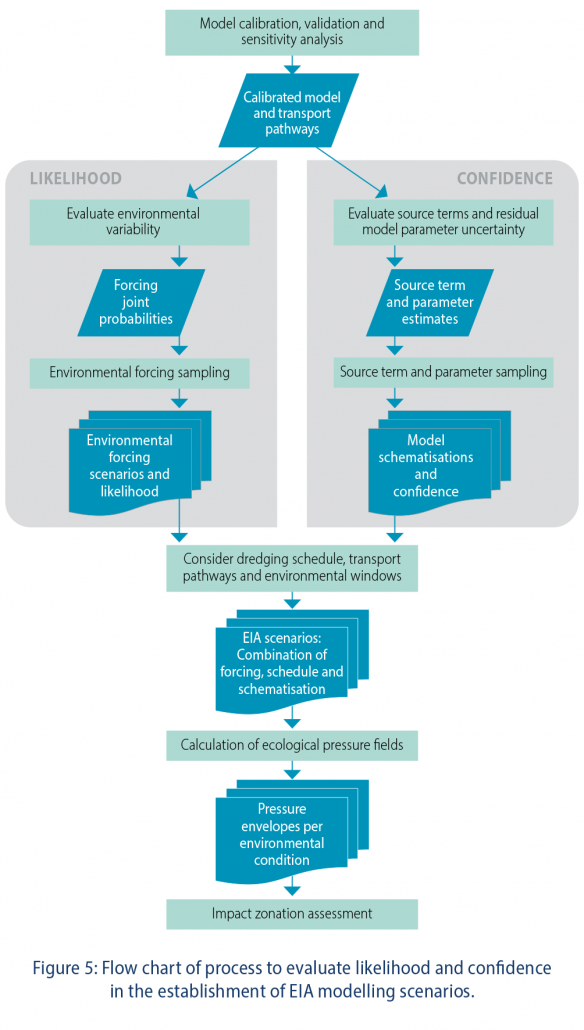Best Practice Guideline for Dredge Plume Modelling
CSIRO has released a new guideline that provides current best practice for dredge plume modelling in the context of Australia’s Environmental Impact Assessment processes.
The practical guideline aims to ensure that approaches taken in setting up and executing models are more consistent and improve confidence in decision making by environmental regulators that will also lead to reduced management costs for major dredging programs.
The Guideline on dredge plume modelling for environmental impact assessment takes into consideration the findings of five years of intensive studies through the Western Australian Marine Science Institution’s Dredging Science Node to help predict the intensity and extent of potential impacts on marine habitats from dredge-related pressures.
Lead author of the guideline CSIRO’s Dr Chaojiao Sun explained modelling dredge plumes is challenging and complex.
“Large-scale dredging campaigns that typically require the excavation of millions of tonnes of soil or rock material from the seabed are essential components of major port construction and deepening projects,” Dr Sun said. “Dredging activities suspend sediment into the water and some of these sediments are then kept in suspension by coastal currents as they are carried downstream, resulting in horizontally spreading dredge plumes. The suspended sediment content in these plumes can reduce the amount of light reaching the seabed. In areas where currents (bed stresses) are low, the plume sediments are no longer able to remain in suspension, and bed deposition occurs. These are two examples of dredging-induced environmental pressures that may induce potentially widespread ecological impacts in sensitive seabed marine communities including coral, seagrass and sponges.”
To date, debates and inconsistencies in how the modelling is undertaken for environmental impact assessment (EIA) have been driven by a lack of standardised methods for predicting dredge plume dispersion and the potential effects on the environment.
The CSIRO guideline focusses on establishing a consistent and sound approach to the modelling of dredge plumes for predicting the pressure fields when seeking EIA approval.
“This will help improve the quality and robustness of decisions by environmental regulators and proponents by providing recommendations on modelling strategies and addressing specific issues around modelling,” Dr Sun said.
Dr Paul Branson, who led the modelling and analysis that contributed to the guideline, hopes that important model design decisions can be informed by the advice given.
“It is important that the site specific circulation and sediment transport processes are considered within a framework that objectively guides the development of a modelling strategy that captures the key physical processes that govern the plume spreading, settlement and resuspension,” Dr Branson said.
Co-author Dr Des Mills said that the Guideline addressed current best practice in dredge plume source term estimation.
“Source terms are an essential input to dredge plume models and can vary significantly from one dredging operation to another,” Dr Mills said.

The Guideline strongly recommends establishing a public database to support dredge plume modelling and that all relevant data be made available. The database would greatly improve the availability of reference information at the EIA stage, assisting both those responsible for the EIA preparation and those responsible for interpreting and approving the dredge activity.
The CSIRO dredge plume modelling guideline is intended as a point of reference rather than a rigid standard. It’s hoped it will provide increased confidence in modelling outcomes, leading to a reduction in the monitoring and management burden required by regulators and increased transparency and public confidence in the EIA process.
An information webinar was held on 11 December, 2020. The recording of this webcast is now available via the following link: https://webcast.csiro.au/#/videos/a3cc1634-95ca-402e-a639-daa63ab7cfc8
The Guideline and Fact Sheet are available HERE
The WAMSI Dredging Science Node is made possible through $9.5 million invested by Woodside, Chevron and BHP as environmental offsets. A further $9.5 million has been co-invested by the WAMSI Joint Venture partners, adding significantly more value to this initial industry investment. The node is also supported through critical data provided by Chevron, Woodside and Rio Tinto Iron Ore.
